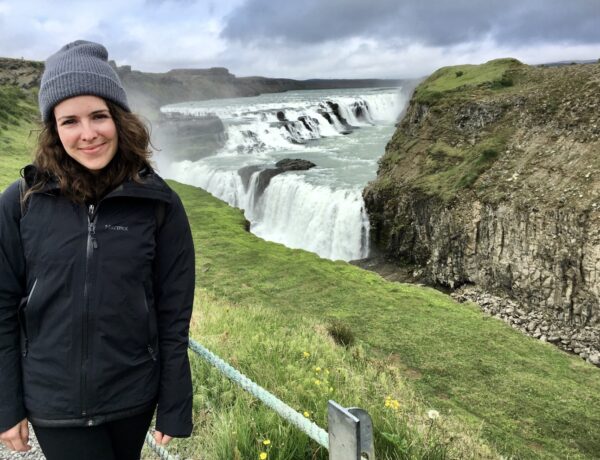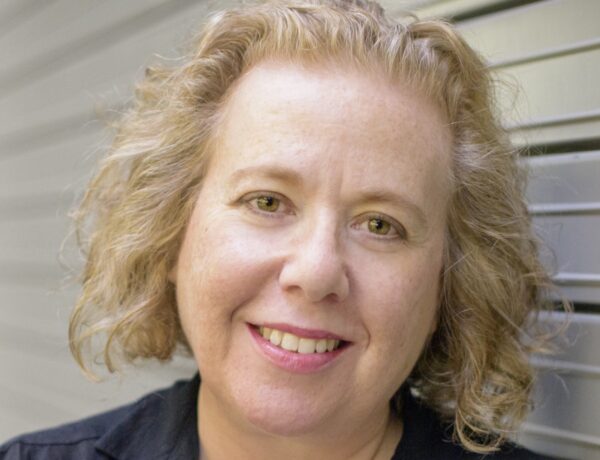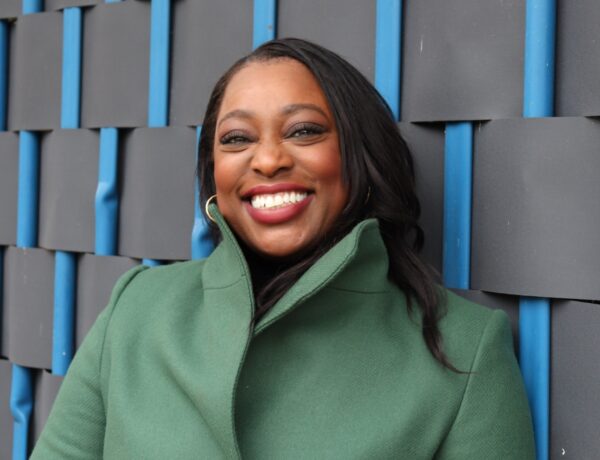Mike Sacks is an American author, humor writer, and magazine editor based in New York City. He has written for Vanity Fair, The New Yorker, The New York Times, McSweeney’s, and many other publications.
His first book, And Here’s the Kicker: Conversations with 21 Humor Writers About Their Craft, delves into the comedy writing scene and offers a behind-the-scenes look at the lives of these writers and provides insights into their creative process.
Mike has also co-written several books, including Sex: Our Bodies, Our Junk and Care to Make Love In That Gross Little Space Between Cars?. He is the author of several novels, including Stinker Lets Loose, Randy: The Full and Complete Unedited Biography and Memoir of the Amazing Life and Times of Randy S.!, Passable in Pink, and Slouchers. In 2022, he released Woodmont: A College Guide and Passing on the Right: The Skippy Battison Story.
Each week, we publish a new daily writing routine from a famous author. Subscribe to our newsletter so you don’t miss out!
Hi Mike, welcome to Famous Writing Routines, we’re so glad to have you here with us today! Can you tell us about your background and how you got started in writing and comedy?
I was a bad student, or average, and had no idea what to do. I loved comedy and thought, bizarrely, I could make a career out of it. But I wasn’t with any sketch groups or publications (like the Harvard Lampoon). I just sort of figured it out on my own while working retail or editorial jobs.
Although it’s taken twenty odd years. And, quite frankly, I still haven’t quite figured it out. I’d suggest to those who are interested in writing comedy to just do it, don’t wait for permission, put out what you want, how you want, keep on the path, and good things will hopefully happen.
Your first book, And Here’s the Kicker: Conversations with 21 Humor Writers About Their Craft, was released in 2009. Can you walk us through the process of putting that book together?
That one was tough. I put it out in a year. Twenty to thirty hours of research for each subject. And not every interview made it into the book. As a kid, I wanted to read books on comedy and they were tough to locate. At least the good ones were. And they were still tough to find back in 2008 or so.
It took 25 or so rejections to get this book made. It just wasn’t a thing back then. So for this particular book, I didn’t want to talk about comedy so much as just go straight to the source to ask those who have been successful about their careers and what worked for them. My dream reader was a high school kid skipping math class in the library who stumbles across it and decides to pursue a career in comedy writing.
In putting together the book, you interviewed some of the biggest names in comedy about their craft. Can you share any insights or lessons you learned from these conversations?
Yes, across the board there was a feeling that one has to write the type of humor that one likes the best and not to try to impress anyone else with what you might think they want. Don’t get into it for the money. Keep moving down that path, even through the dry spells, and just never stop.
Good things are bound to happen. Or at the very least, more interesting things than if you had worked as an office temp in your hometown, which I had done for years. Do it for the love of it. There will be ups, there will be downs but it should be fun.
You have written for a number of well-known publications such as Vanity Fair, The New Yorker, and The Washington Post. How has your experience writing for these different outlets influenced your writing style?
For each publication you do have to tailor the piece somewhat to their style, but I just write in my own style and let the editors tweak the pieces to achieve what they want out of them. If you overthink what a publication wants, the articles tend to be blanched of any taste or flavor. Stay true to your own style.
Discover the daily writing habits of authors like Stephen King, Neil Gaiman, and Gillian Flynn with Famous Writing Routines Vol. 1 and learn how to take your writing to the next level. Grab your copy today!
Can you speak to your creative process and how you approach writing a new piece?
I’ll mull over an idea for a while – say a few weeks – and if it’s still on my mind, I’ll pitch the idea to magazines if it’s an article. If it’s a book idea, I’ll just tend to write it out myself and then self-publish it. I’m done with traditional publishing.
It’s near impossible to have a good comedy idea accepted and even if it is accepted, it’ll take two to three years to come out. I can’t wait that long. I’d rather publish it and move on. For the longer projects, I really do need to like a subject enough to want to work on it for months and months.
It’s just a matter of thinking about it, letting it ruminate, letting it marinate, and then starting to write. That’s the important part. It’s not easy to start a project. It’s much more fun for me to tweak and rewrite something than to stare at a blank page but nothing can be tweaked until there’s something there. Build an imperfect world and then improve it.
Can you describe your writing routine and how you structure your day to make time for writing? Do you have any daily habits or routines that help you maintain a productive writing schedule?
I get up early and maybe watch a movie on the Criterion channel or just a documentary of some sort. I’ll then be at the desk at nine and work until at least five, longer if I’m on deadline. But working doesn’t necessarily have to be writing. It can be researching or networking or doing whatever to further along yourself as a writer.
The important thing is just to accomplish something every day, to keep moving forward, to not stagnate or circle the drain on an idea that can take years away from your creativity. If something isn’t working, move on. I write every day of the year. Joyce Carol Oates once said that you’d be amazed at how much you can accomplish every day. And so can you.
If you could have a conversation with any author throughout history about their writing routine and creative process, who would that person be?
I’d love to talk with Jorge Borges about his genius stories. But the thing about writers is that a lot are not easy to talk with. That’s why they’re writers. And I think you can get all you need from reading an author’s work and his or her interviews. In most cases, I would be afraid I’d end up staring across the table from another author, both of us wanting to just get the hell out of there to get on with our lives.
I’d love to know about the books you’re reading at the moment. What have been some of your favourite reads?
I’m re-reading Henry Roth’s Call It Sleep. I’m reading A Tragic Honesty, the memoir on Richard Yates. I’m reading the oral history of Rikers Island, and a book called Joe Brainard: The Art of the Personal. Brainard is one of my favorite artists. His short book, I Remember, is a work of genius. Check it out. I’ll typically finish anywhere from 80 to 100 books a year. I start a lot more. If I don’t like it, I put it down. I don’t have time for reading things I don’t like. I did enough of that in school.
What does your current writing workspace look like?
It’s a standup desk, facing a wall in my bedroom. I’m staring at a painting my wife created in art school. I can write anywhere, except maybe in a Starbucks, which I never understood. But I’ve written a lot while at various offices and surrounded by family members at events and such. I think a writer should just do it and not care about where he or she is, or what the view is, or what the desk is like, or what the lighting is like, etc. It doesn’t matter. Just produce and move on. It’s a job.

Affiliate disclaimer: Some links on this website are affiliate links. We may earn a small commission if you make a purchase through these links, but only promote products we truly believe in. We disclose affiliate links and give honest reviews.



No Comments